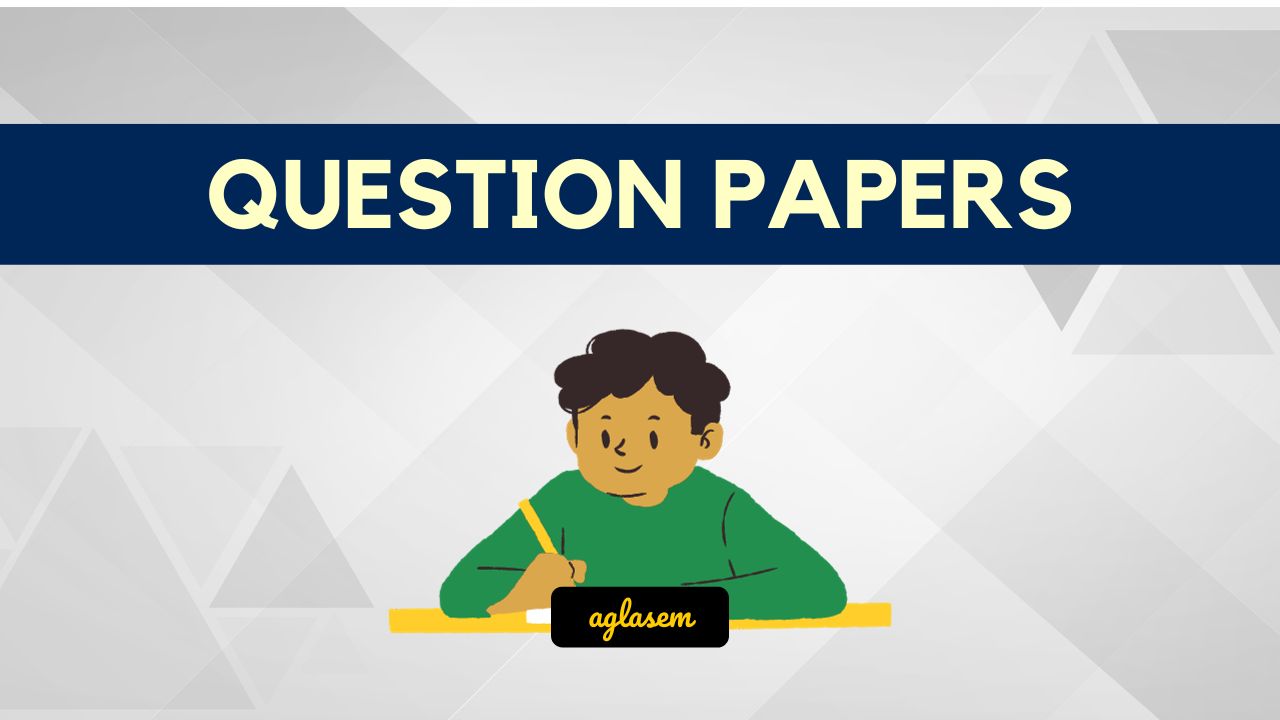NCERT Solutions 2025 Class 10 Maths Chapter 4 Quadratic Equations has been published by Aglasem. You can now download the Class 10 Maths Ch 4 Questions and Answers PDF here. This NCERT Solutions for Class 10 Maths contains answers of all questions asked in Chapter 4 in textbook, Mathematics. Therefore you can refer it to solve Quadratic Equations exercise questions and learn more about the topic.
NCERT Solutions for Class 10 Maths Chapter 4 Quadratic Equations
Class – Class 10
Subject – Maths
Chapter – Ch 4
Chapter Name – Quadratic Equations
Book – Mathematics
Study Material – NCERT Solutions
NCERT Solutions for Class 10 Maths Chapter 4 PDF
While you can read NCERT Solutions for Class 10 Maths Ch 4 for all exercises here on aglasem. You can also download this NCERT Solutions PDF to refer ncer question answer at anytime when you study Quadratic Equations. Here it is.
NCERT Solutions for Class 10 Maths Chapter 4 PDF Download Link – Click Here to Download Solutions PDF
How to download NCERT Solutions for Class 10 Maths Chapter 4 PDF?
You can download the complete NCERT solutions for chapter 4 of this NCERT Book i.e. Mathematics with following steps.
- First search NCERT Solutions for Class 10 Maths Ch 4 PDF aglasem and come to this page.
- Now you will see the exercise questions answers of Quadratic Equations and download pdf link on it.
- Click the Download PDF link to obtain the Quadratic Equations questions with answers document.
NCERT Solutions for Class 10 Maths
There are more chapters to study besides Quadratic Equations in this subject. So here are NCERT solutions for all topics of Maths taught in 10th class here at aglasem.
- Chapter 1 Real Numbers
- Chapter 2 Polynomials
- Chapter 3 Pair Of Linear Equations In Two Variables
- Chapter 4 Quadratic Equations
- Chapter 5 Arithmetic Progressions
- Chapter 6 Triangles
- Chapter 7 Coordinate Geometry
- Chapter 8 Introduction To Trigonometry
- Chapter 9 Some Applications Of Trigonometry
- Chapter 10 Circles
- Chapter 11 Areas Related To Circles
- Chapter 12 Surface Areas And Volumes
- Chapter 13 Statistics
- Chapter 14 Probability
NCERT Solutions for Class 10
Just like you got Maths Ch 4 solutions here. You can see exercise questions answers of other subjects and their topics too on aglasem. Here are NCERT solutions for all subjects of 10th standard NCERT books.
NCERT Solutions for Class 10 Maths Chapter 4 – An Overview
The key highlights of this study material are as follows.
| Aspects | Details |
|---|---|
| Class | Class 10 |
| Subject | Maths |
| Chapter Number | Ch 4 |
| Chapter Name | Quadratic Equations |
| Book Name | Mathematics |
| Book By | NCERT (National Council of Educational Research and Training) |
| Educational Resource Here | NCERT Solutions of Class 10 Maths Ch 4 for All Exercise |
| More Questions Answers of This Subject | NCERT Solutions for Class 10 Maths |
| Download Book Chapter PDF | NCERT Book Class 10 Maths Chapter 4 |
| All Questions Answers For This Class | NCERT Solutions for Class 10 |
| Complete Solutions | NCERT Solutions |
If you have any queries on NCERT Solutions for Class 10 Maths Chapter 4 Quadratic Equations, then please ask in comments below.
To get study material, exam alerts and news, join our Whatsapp Channel.



















